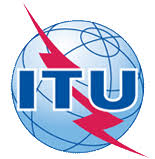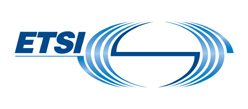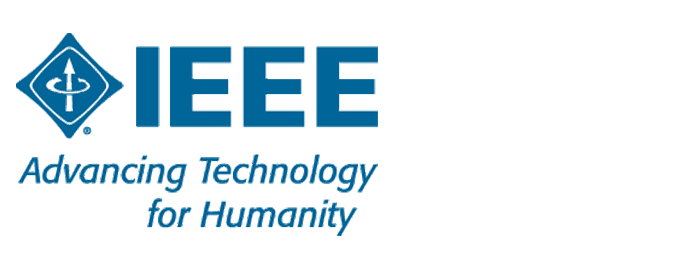ITU-T Y.4208Internet of things requirements for support of edge computing
Some of the capabilities offered by the Internet of thing (IoT), e.g., capabilities for computing, storage and analytics, are evolving in closer proximity to IoT data sources. Recommendation ITU-T Y.4208 provides an overview of related challenges faced by the IoT and describes how IoT-supporting edge computing (EC) may address these challenges. From the edge-computing deployment perspective, service requirements for support of EC capabilities in the IoT are identified, as well as related functional requirements. As an example, scenarios of EC deployment in different application domains, EC scenarios for vehicle-to-everything (V2X) and for smart manufacturing are provided in an appendix.



